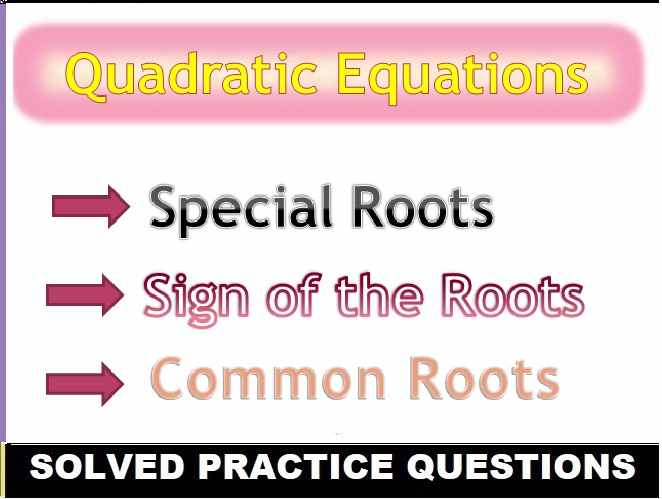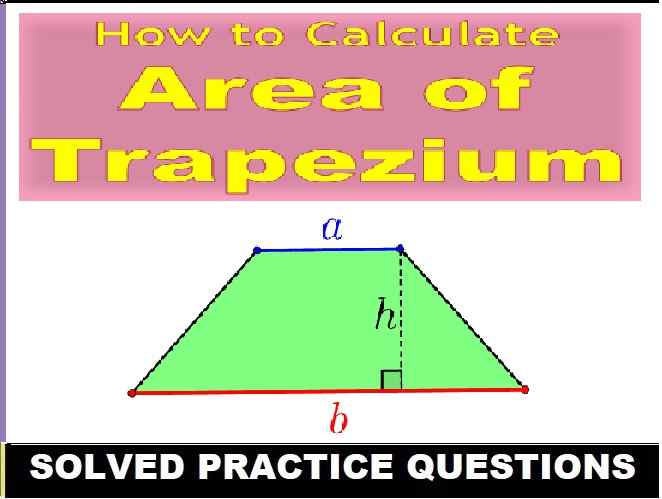Digestive System Short Answer Biology Class-9 ICSE Selina Publishers Solutions Chapter-11. Step By Step ICSE Selina Concise Solutions of Chapter-11 Digestive System with Exercise-11 including MCQs, Very Short Answer Type, Short Answer Type, Long Answer Type and Structured/Application Questions Solved . Visit official Website CISCE for detail information about ICSE Board Class-9.
Digestive System Exe-11 Short Answer Biology Class-9 ICSE Concise Selina Publishers
| Board | ICSE |
| Publications | Selina Publication |
| Subject | Biology |
| Class | 9th |
| Chapter-11 | Digestive System |
| Book Name | Concise |
| Topics | Solution of C. Short Answer Type |
| Academic Session | 2023-2024 |
C. Short Answer Type
Digestive System Class-9 Biology Concise Solutions
Page 121
Question 1.
Define the following terms:
(a) Digestion
(b) Enzymes
(c) Peristalsis
(d) Dentition
(e) Defaecation
(f) Assimilation
Answer:
(a) Digestion — Digestion is any change which makes the food soluble and of such chemical nature that it can be absorbed readily through living membranes.
(b) Enzymes — An enzyme is a protein that acts on a specific substance to form a specific end product. It best acts at a particular temperature and pH.
(c) Peristalsis — It is defined as the rhythmic contraction and relaxation of the muscles of the alimentary canal which pushes the food along the gut.
(d) Dentition — The arrangement of teeth in a particular species is called dentition.
(e) Defaecation — The expulsion of undigested remains of food from the alimentary canal is called defaecation.
(f) Assimilation — It is the conversion of the absorbed digested food into body material.
Question 2.
What are the end products of the digestion of: starch, proteins and fats respectively?
Answer:
| SUBSTRATE | END
PRODUCTS |
| Starch | Maltose |
| Proteins | Small
peptides and amino acids |
| Fats | Fatty
acids and glycerol |
Question 3.
Write the exact locations of the following :
(a) Liver
(b) Sub-mandibular gland
(c) Pylorus
(d) Pancreas
(e) Caecum
Answer:
(a) located in upper right side of abdomen just below the diaphragm.
(b) below the tongue.
(c) between stomach and small intestine.
(d) located behind the stomach.
(e) at junction of large and small intestine.
Question 4.
Write the important roles of the following :
(a) Rectum
(b) Gastric juice
(c) Epiglottis
(d) Small intestine
(e) Tongue
Answer:
(a) Rectum temporarily stores undigested food and wastes, to be defaecated through the anus.
(b) Gastric juice plays two key roles (i) it kills any germs which may have entered along with the food (ii) it activates pepsinogen to act on proteins.
(c) Epiglottis closes the opening of wind pipe.
(d) Most of the digestion and absorption of nutrition occur in small intestine.
(e) Tongue helps in mixing of food in buccal cavity and pushes it through pharynx.
Question 5.
Give reasons/explain :
(a) Only animals require a digestive system and not plants.
(b) There are no enzymes to digest vitamins.
(c) Thorough chewing of food in mouth is helpful in digestion.
(d) Bile juice does not contain any enzyme but is still important in digestion.
(e) The inner layer of small intestine has a large number of finger-like projections called villi.
Answer:
(a) Animals are heterotrophs. They obtain their nutrients by consuming organic matter, such as other organisms or plant material. Hence, they need a digestive system to break down complex molecules, such as proteins, carbohydrates, and lipids, into smaller, absorbable forms. In contrast, plants are autotrophs, capable of synthesizing their own food through photosynthesis. Hence, they don’t require a digestive system.
(b) Vitamins do not need digestion. They are absorbed directly through the intestine wall.
(c) Chewing of food breaks the food into small particles which helps in easy digestion.
(d) Bile contains a lot of sodium bicarbonate which neutralises the acid content of the food received from the stomach and makes it alkaline so that pancreatic and intestinal enzymes can act on it.
(e) The villi enormously increase the inner surface area of the intestines which facilitates the absorption of digested food.
Question 6.
What is roughage? Give two examples.
Answer:
Roughage is a dietary fibre that largely consists of cellulose. It cannot be digested by our body as our body does not contain cellulose-digesting enzymes.
Examples of roughage:
- Fruits
- Green leafy vegetables
Question 7.
Mention two ways in which the ileum of the mammal is adapted for the absorption of digested food.
Answer:
Adaptations of ileum for the absorption of digested food:
(1) Very long to provide more surface area for absorption
(2) Presence of large number of villi to further increase the surface area
Question 8.
The stomach secretes gastric juice, which contains hydrochloric acid. What is its function?
Answer:
Functions of hydrochloric acid:
(1) It gets mixed with food and kills the bacteria present in food.
(2) It activates pepsin to act on proteins.
— : End of Digestive System C. Short Answer Class-9 ICSE Biology Solutions :–
Return to Return to Concise Selina ICSE Biology Class-9
Thanks
Please share with your friends


